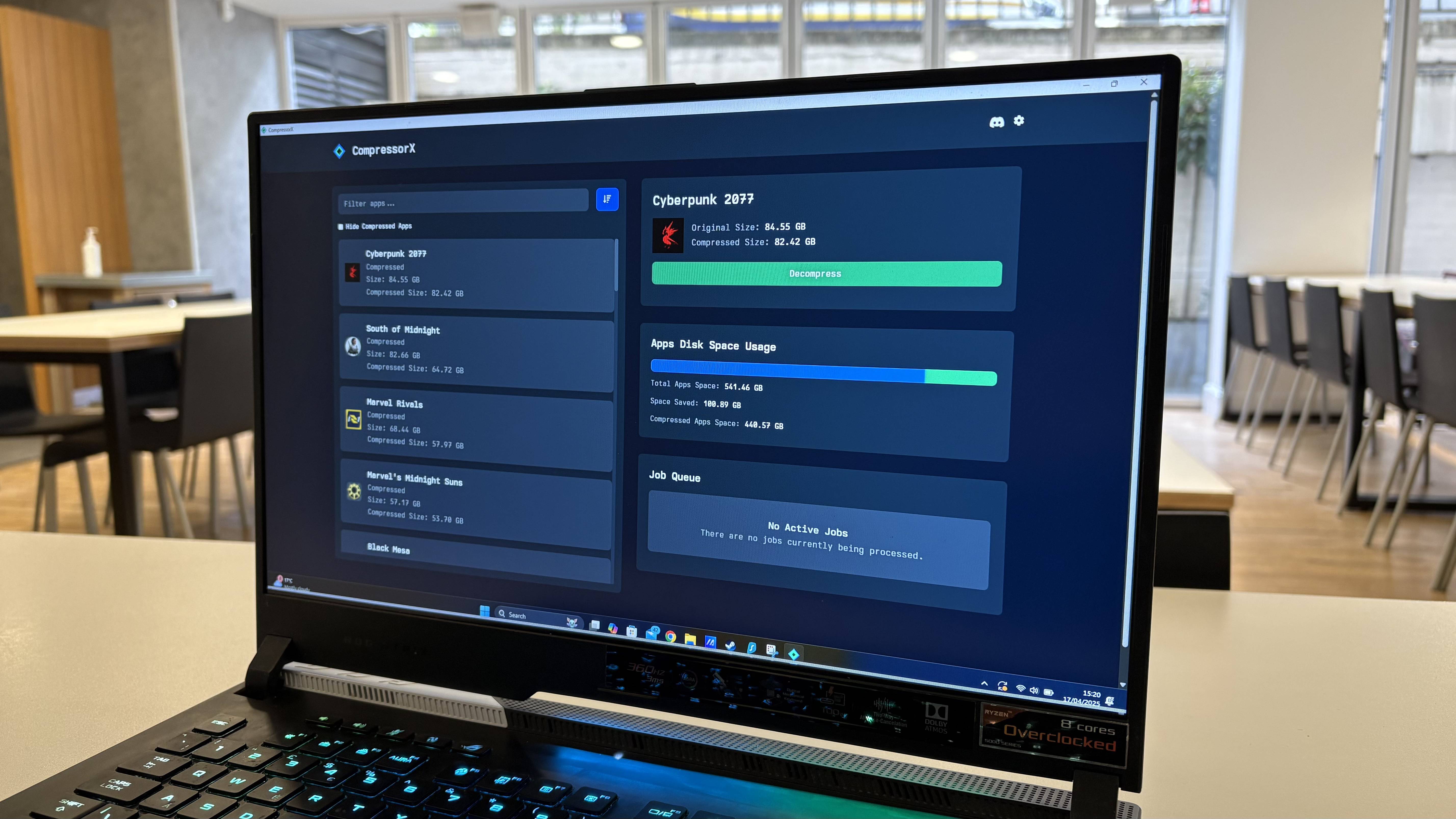Alcatel's Idol 4 and 4s Bring the Boom
With the Idol 4, Alcatel is pushing the limits of mid-ranged even higher featuring two very premium-feeling featuring an all-new Boom key.
Barcelona, Spain -- In 2015, the Onetouch Idol 3 was one of a handful of mid-range phones that made a convincing argument for why you’d never need to pay top dollar for a quality phone again. The new Idol 4 and 4s offer sleeker glass-and-aluminum designs, beefier specs and a dedicated Boom key that can do everything from snapping pictures to boosing the bass.
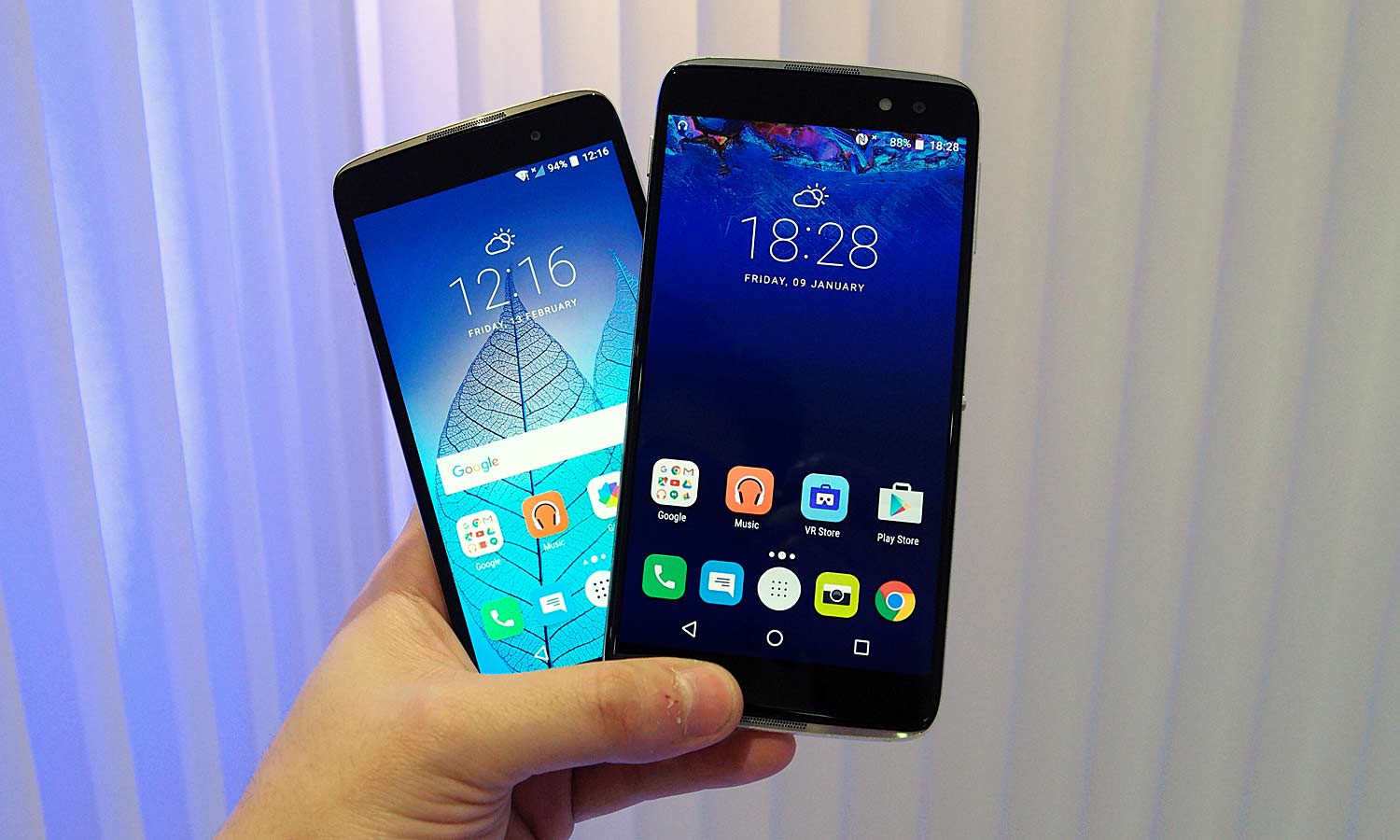
The Idol 4 comes in two variants: the standard 5.2-inch model featuring a full HD screen, Qualcomm Snapdragon 617 processor 16GB of onboard storage and a 13-megapixel rear camera, and the slightly more premium Idol 4s which has a larger 5.5-inch 2560 x 1440 AMOLED screen, faster Snapdragon 652 chip and higher-res 16-MP cam.
Both models will run Android 6.0 and have 3GB of RAM, 8-MP front cams, microSD card expandablity, dual JBL front-facing speakers, and the new side-mounted Boom key.
The first thing I noticed when I picked up these phones up was their slimness. Both models are just 6.9mm thick, with the Idol 4 weighing in at just 4.7 ounces and the larger 4s being almost imperceptibly heavier at just 5.2 ounces.
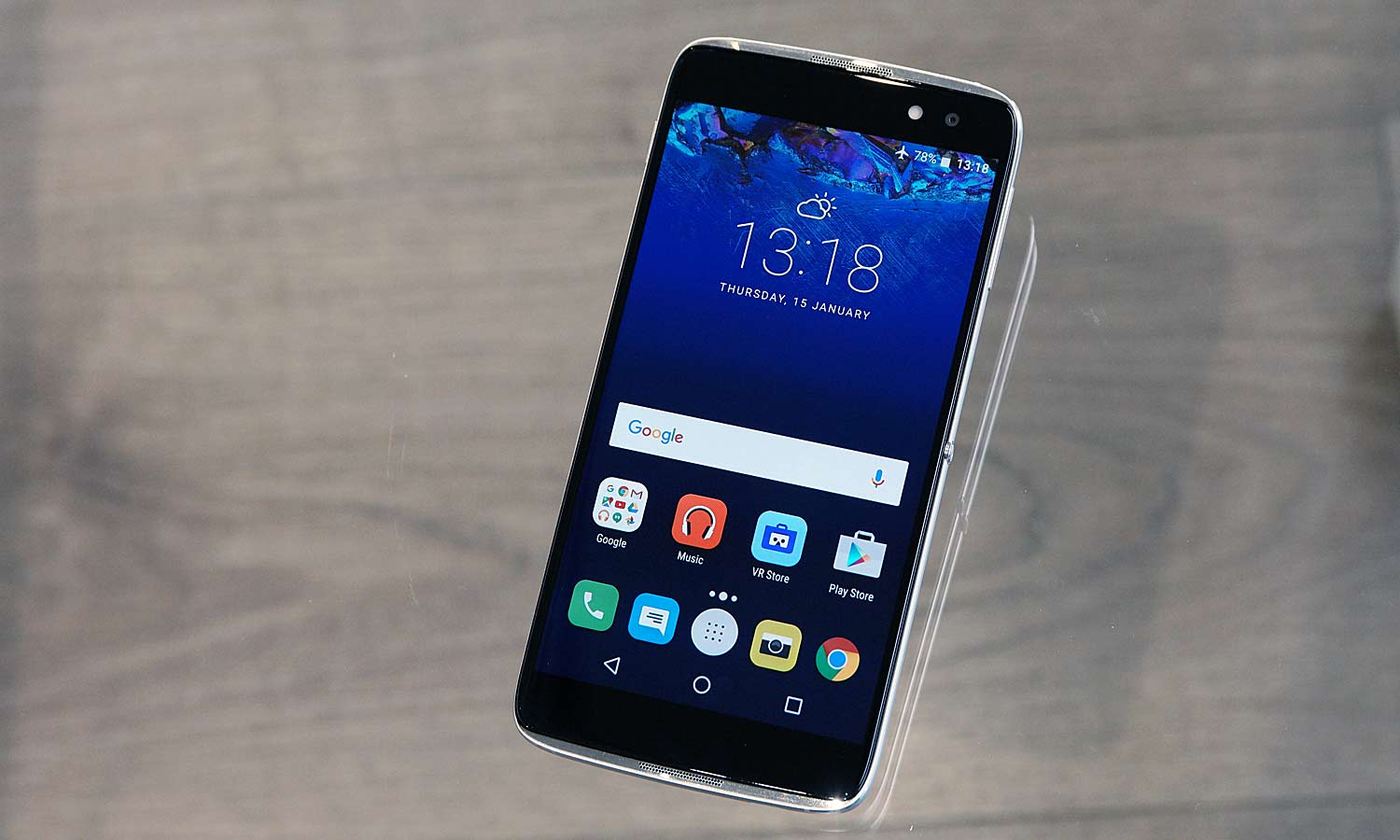
MORE: Best Unlocked Smartphones
But that doesn’t mean Alcatel sacrificed on the Idol 4’s design, because both new phones feel even slicker and more polished than their predecessor. There’s smooth glass in front and back and a sleek brushed aluminum frame that holds everything together and comes in your choice of gold, silver, rose gold and pewter.
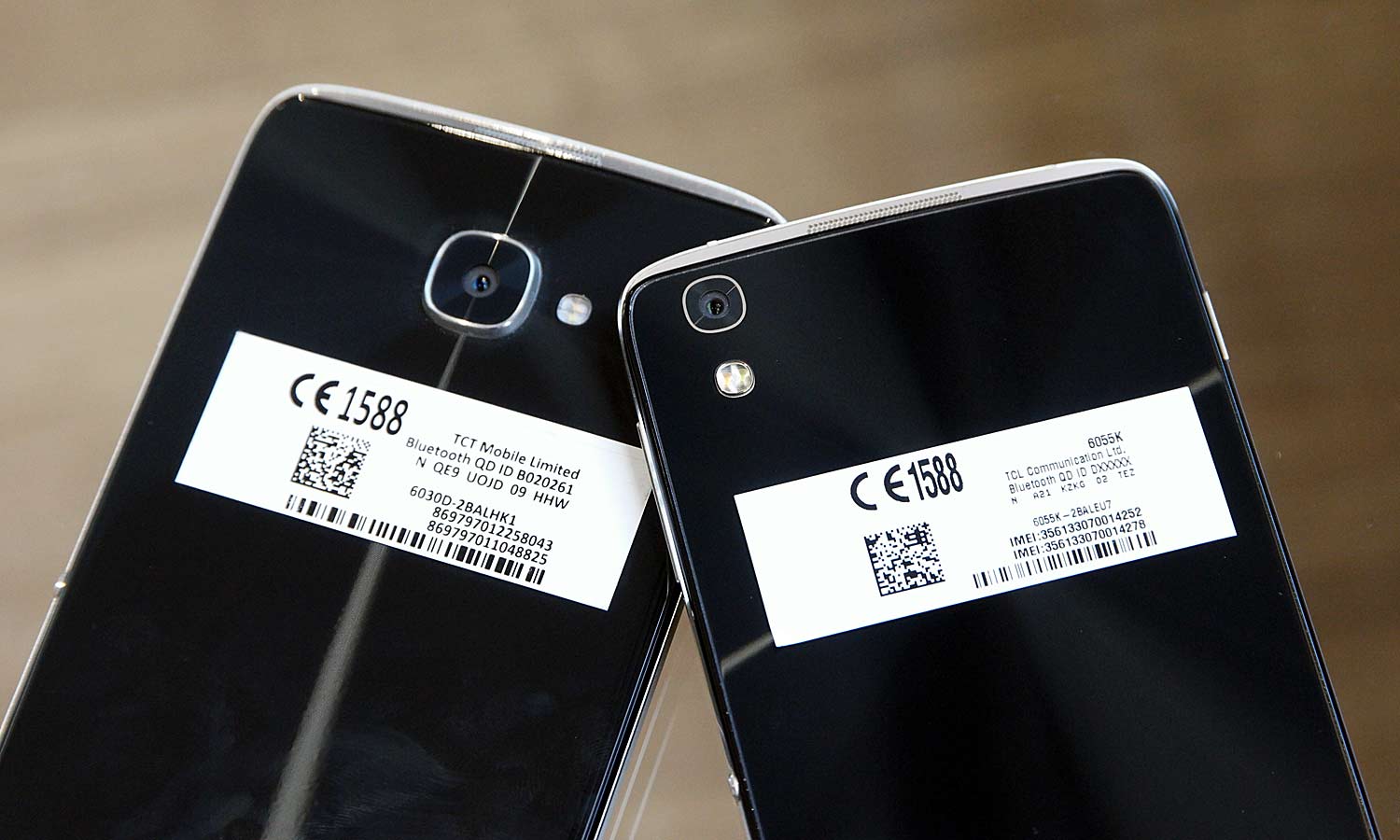
The biggest difference in design between the two is that the Idol 4 features a completely flat backside that includes the flush camera module, whereas the 4s’ 16-mp shooter bulges out a bit -- similar to the camera on Samsung’s Galaxy S6. The Idol 4s also features edges with subtle curves, which makes the larger model just a little nicer to hold than the standard version.
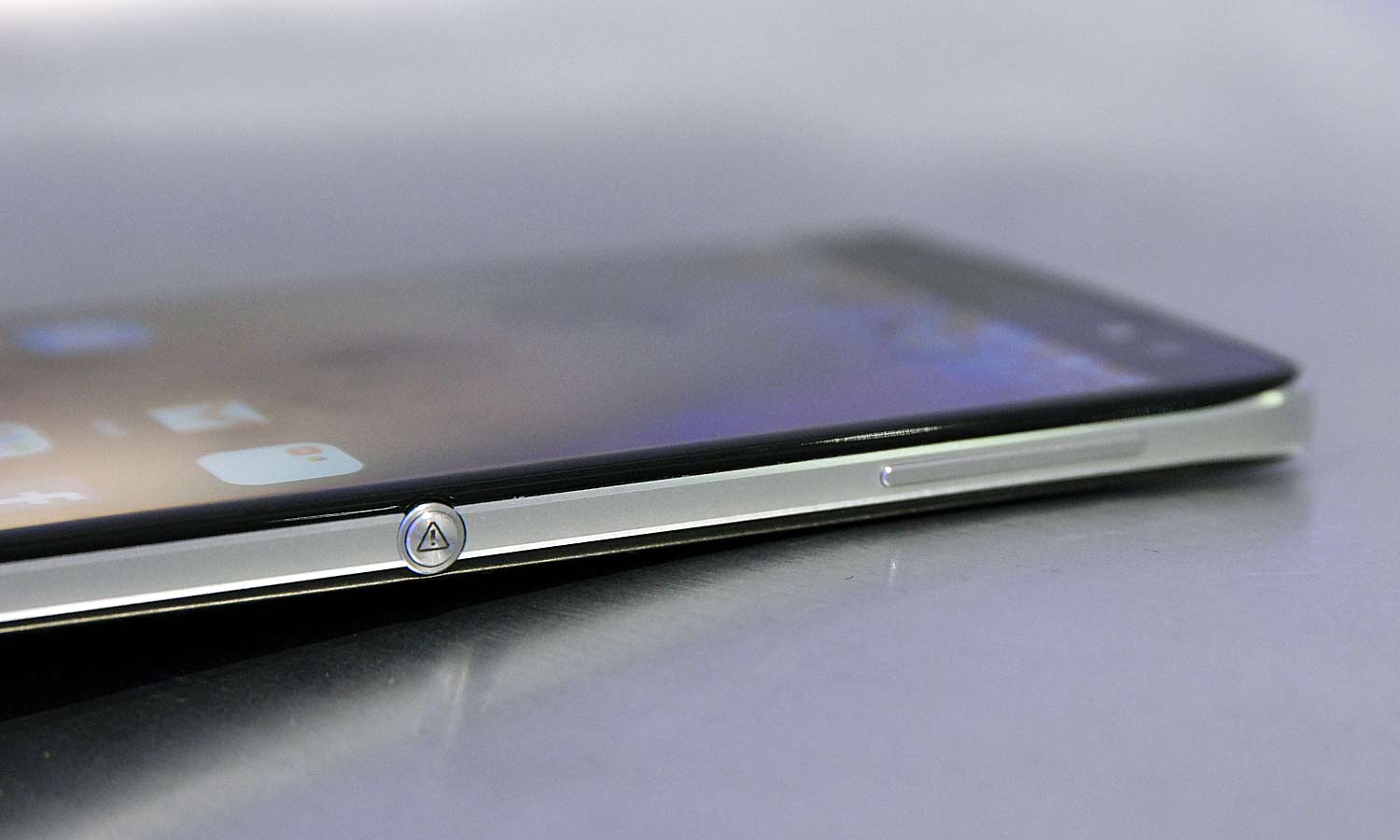
Moving down the side brings you to the unmistakable Boom key, which features an icon that looks a lot like Alcatel put an exclamation point inside a yield sign. Aside from serving as a programmable button that you can customize to do you bidding, the Boom key can also be used to capture photos without needing to unlock the phone, curate a collage or slideshow from the pictures on your phone, or simply pump up the bass while listening to music.
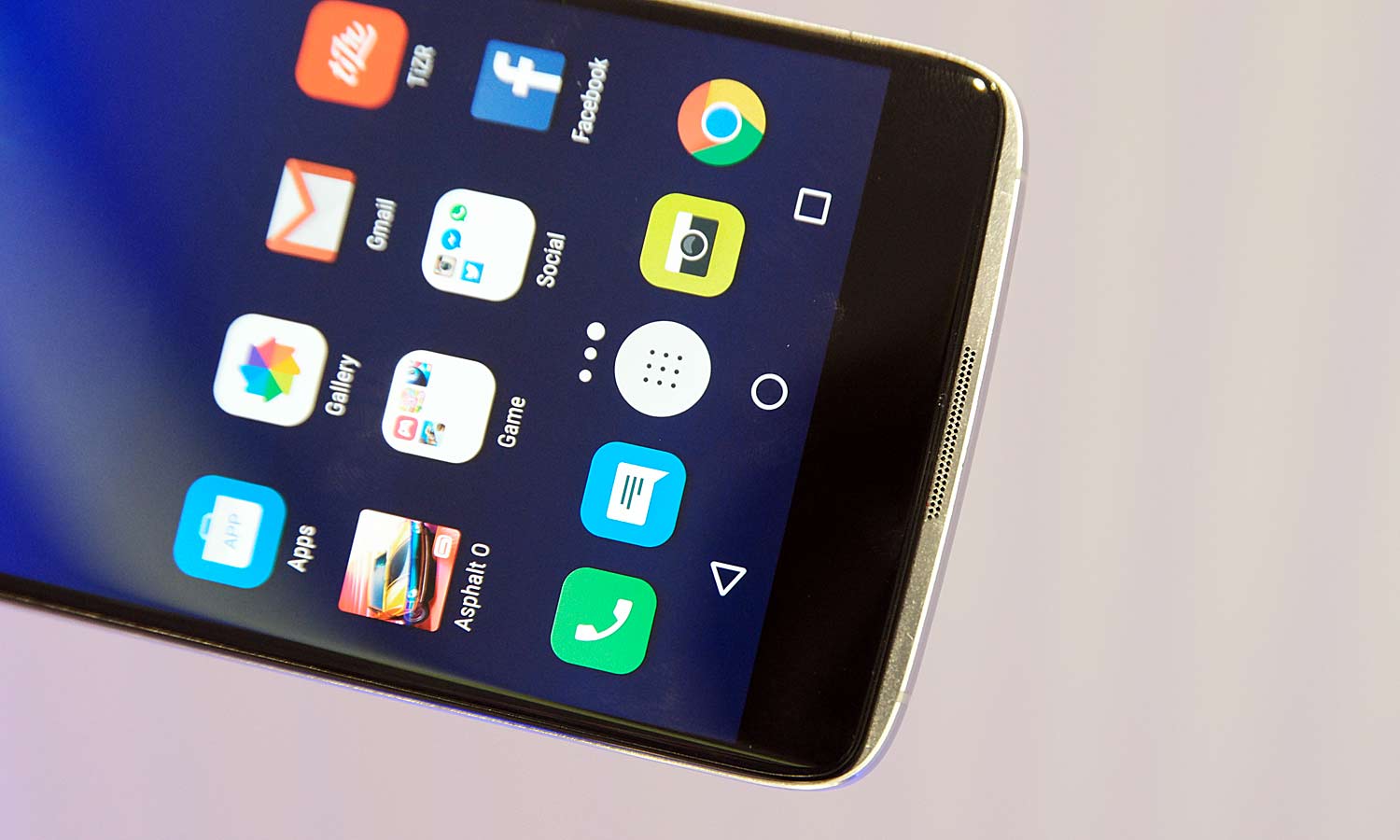
The last part really needs to be experienced in person, because while many flagship phones fall flat when trying to recreate thumping bass, the Idol 4 excels with impressively deep lows.
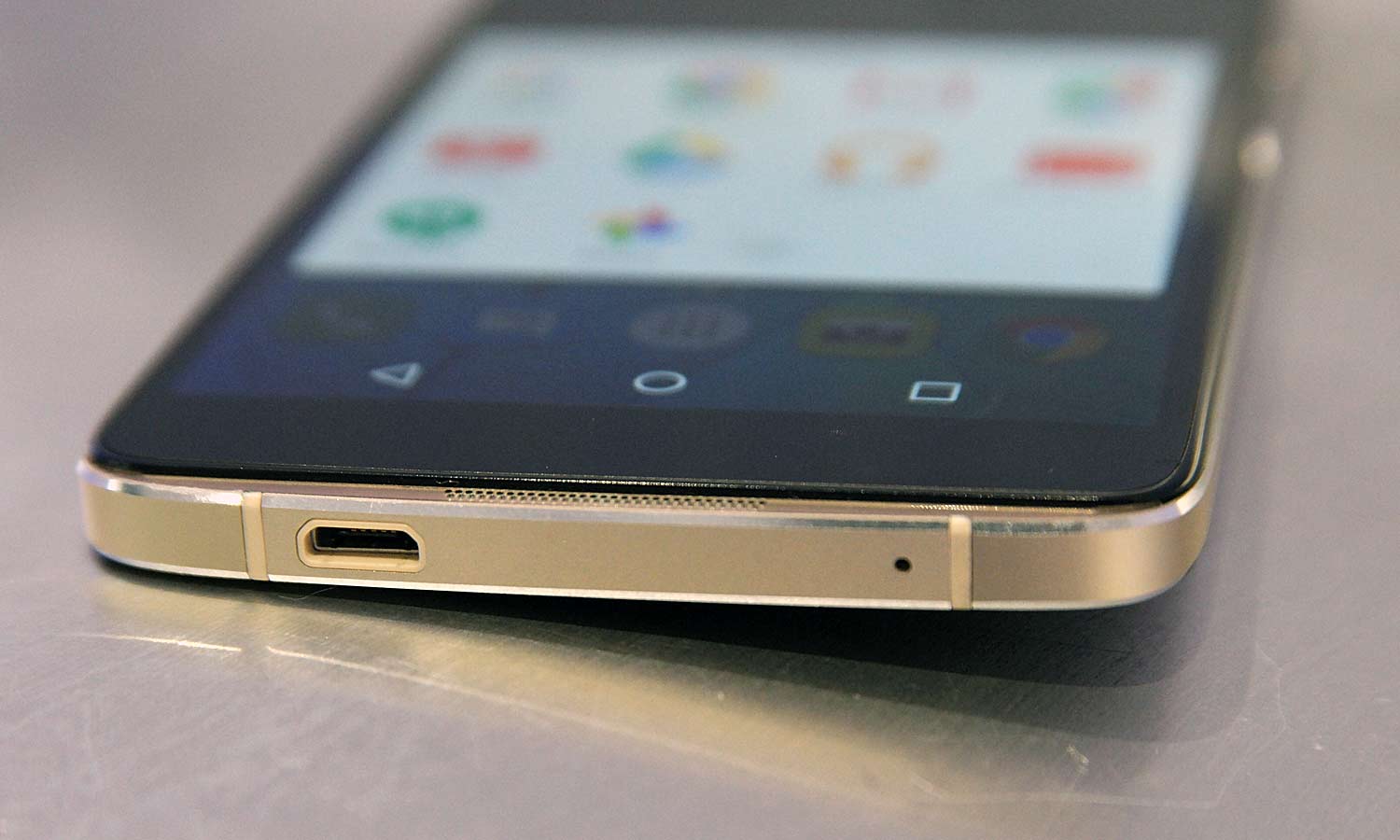
Down at the bottom, some people may be a little disappointed to see a boring micro-USB port, but both Idols pack Qualcomm quick charging tech, which should hopefully take away a bit of the sting when using the last-gen connector. The one feature I wanted but didn't see on the Idol 4 was a fingerprint sensor. It almost seemed like a forgone conclusion that phone that looks this good would have one.
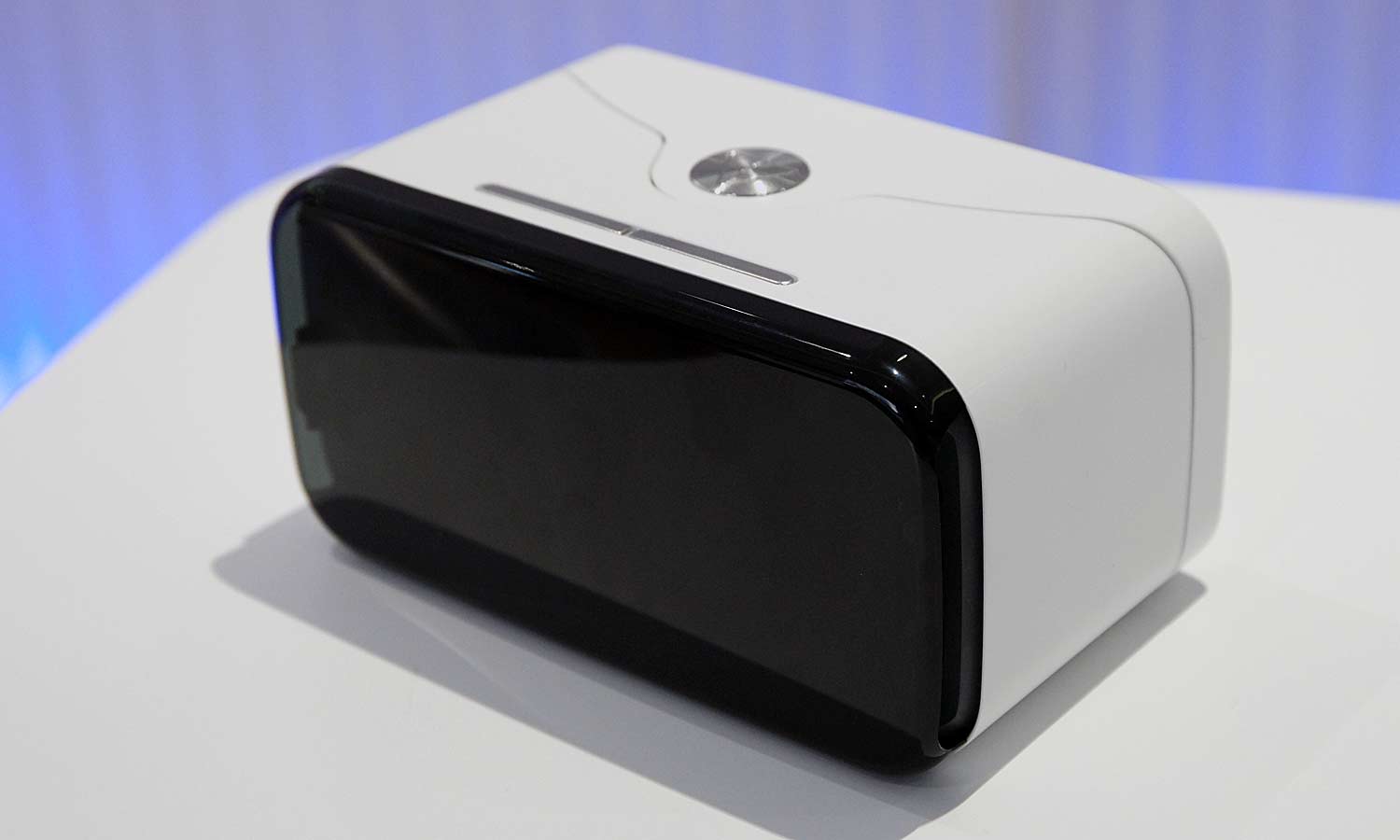
Alcatel also showed off a VR headset that’s essentially an upscale version of Google’s Cardboard and mentioned that the plastic box could potentially also serve as the Idol 4’s retail package. While the company was hesitant to make that official, I really hope the company follows through because getting a free headset with a new phone is a great way to spread VR adoption.
Unfortunately, Alcatel isn’t ready to announce an official price or release date for Idol 4 in the US. But if its quoted price of 259 Euros at MWC is any indication, the Idol 4 seems poised to push the potential of mid-range phones even further.
Sign up to get the BEST of Tom's Guide direct to your inbox.
Get instant access to breaking news, the hottest reviews, great deals and helpful tips.
Sam is a Senior Writer at Engadget and previously worked at Gizmodo as a Senior Reporter. Before that, he worked at Tom's Guide and Laptop Mag as a Staff Writer and Senior Product Review Analyst, overseeing benchmarks and testing for countless product reviews. He was also an archery instructor and a penguin trainer too (really).
